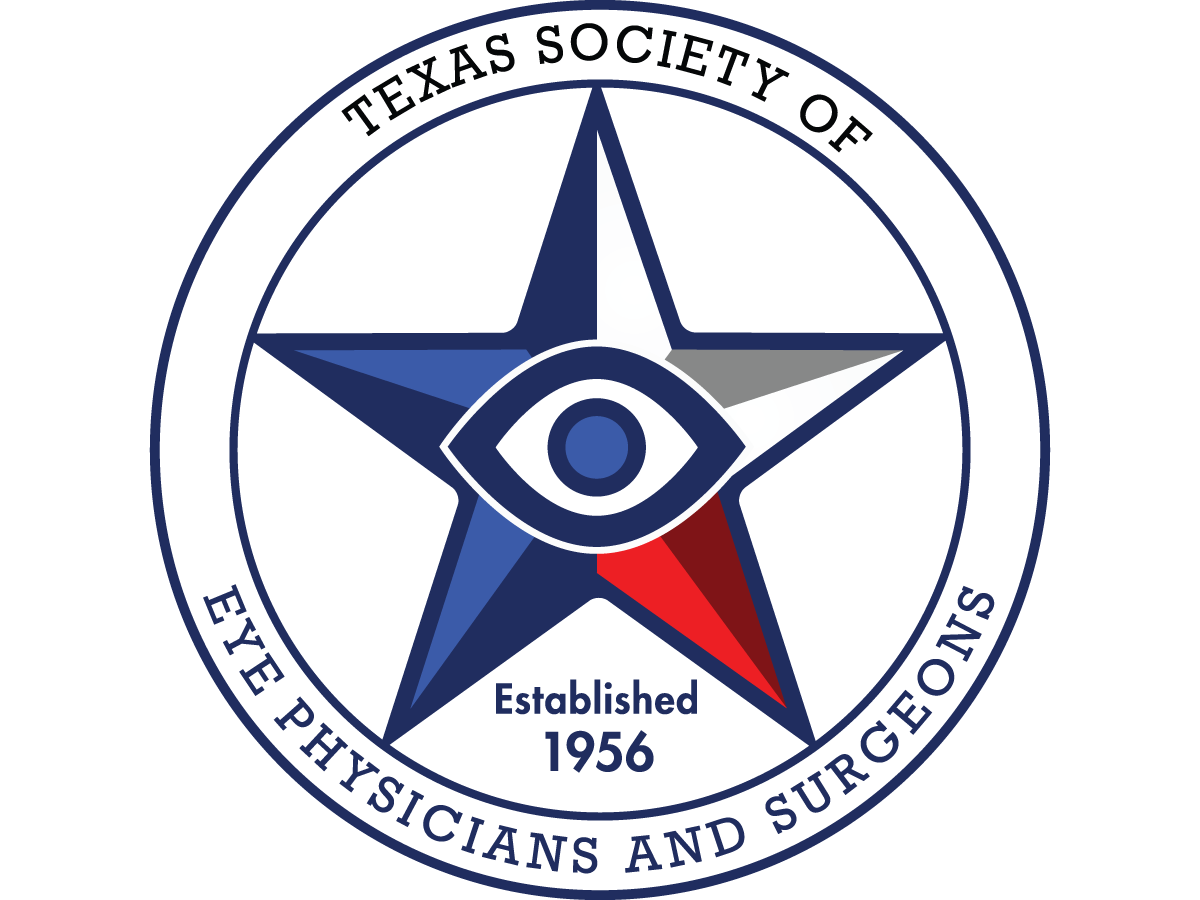New TMDP Disclosure Requirements for Eye ProceduresThe Texas Medical Disclosure Panel (TMDP) recently approved changes to the lists of medical care and surgical procedures that require disclosure of specific risks and hazards. Effective August, 2018 as posted in the Texas Register on August 17, physicians providing these eye care services (list A, below) must disclose each of these specific risks and hazards to their patients or persons authorized to consent for their patients and to establish the general form and substance of such disclosure. List B names procedures requiring no disclosure of specific risks and hazards. Updated lists across all specialties are found on the Texas Department of State Health Services website.
RULE §601.2 Procedures Requiring Full Disclosure of Specific Risks and Hazards – List A (f) Eye treatments and procedures. (1) Eye muscle surgery.
(2) Surgery for cataract with or without implantation of intraocular lens.
(3) Retinal or vitreous surgery.
(4) Reconstructive and/or plastic surgical procedures of the eye and eye region, such as blepharoplasty, tumor, fracture, lacrimal surgery, foreign body, abscess, or trauma.
(5) Photocoagulation and/or cryotherapy.
(6) Corneal surgery, such as corneal transplant, refractive surgery and pterygium.
(7) Glaucoma surgery by any method.
(8) Removal of the eye or its contents (enucleation or evisceration).
(9) Surgery for penetrating ocular injury, including intraocular foreign body.
RULE §601.3 Procedures Requiring No Disclosure of Specific Risks and Hazards--List B (f) Eye.
|
